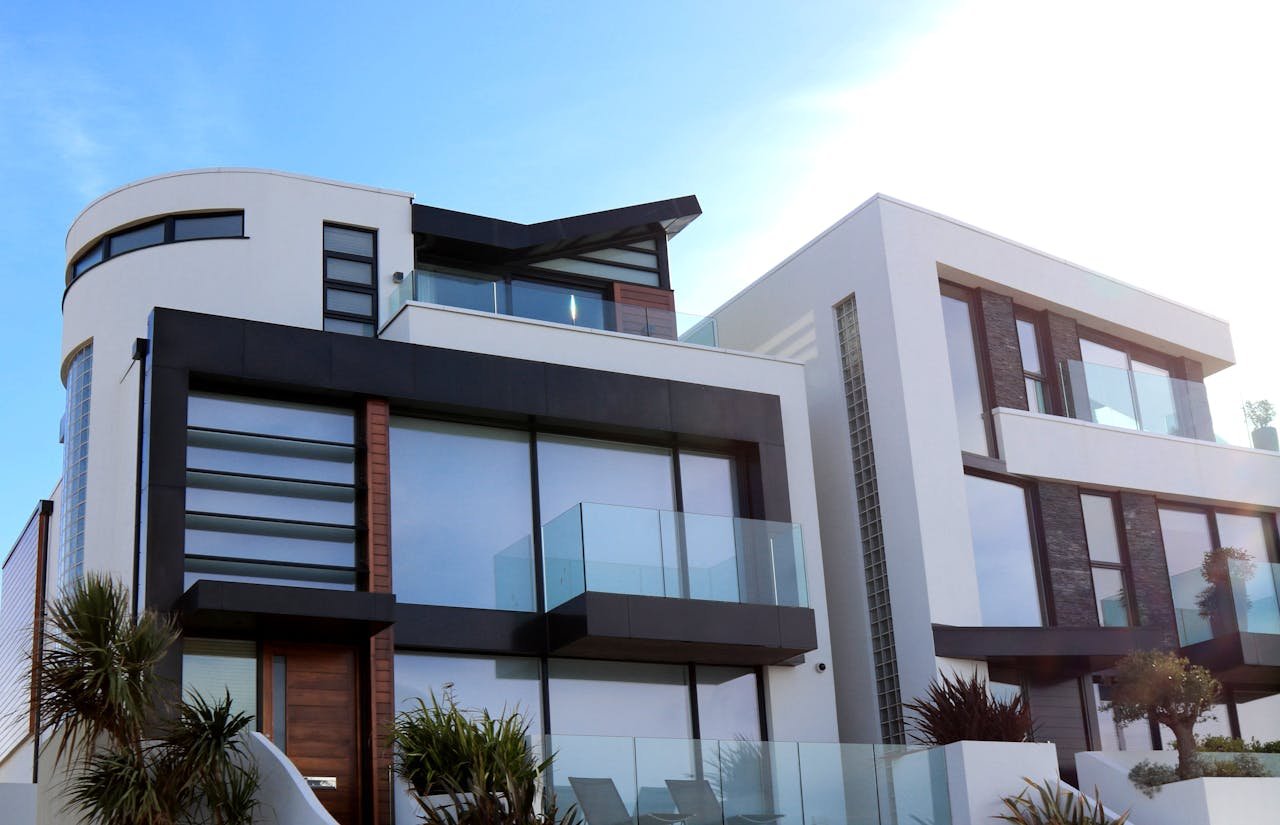Understanding the Market Dynamics
Real estate investment is one of the most significant financial decisions an individual can make. Whether purchasing for long-term gains or rental income, choosing between luxury and affordable housing can be challenging. The real estate market has seen shifts in demand across both segments, influenced by economic cycles, urban development, and changing buyer preferences. While luxury properties appeal to high-net-worth individuals seeking exclusivity, affordable housing remains the go-to option for middle-class buyers and investors looking for consistent returns.
Capital Appreciation and Market Growth
Luxury properties often appreciate in value over time, particularly in prime locations such as metropolitan hubs, business districts, and high-end residential enclaves. However, their appreciation tends to be slower and more dependent on overall economic conditions. High-end properties in cities like Mumbai, Delhi, and Bengaluru have seen price growth of around 15-20% over the last five years, driven by demand from both domestic buyers and international investors.
In contrast, affordable housing has demonstrated steady price appreciation, particularly in rapidly developing urban and suburban areas. Cities such as Pune, Hyderabad, and Noida have seen property values in the affordable segment increase by 25-30% over the same period. Infrastructure projects, connectivity improvements, and government-backed housing schemes have played a crucial role in driving demand for budget-friendly residential units.
Rental Yields and Investment Returns
One of the key factors in real estate investment is rental yield, which determines the potential return on investment. Luxury housing typically offers rental yields of 2-4%, as the market for high-end rentals is relatively small and selective. Properties in the luxury segment often experience longer vacancy periods, as tenants in this category seek premium amenities, security, and exclusivity.
Affordable housing, on the other hand, generates rental yields between 3-6%, with demand fueled by working professionals, students, and middle-income families. Locations near business districts, IT hubs, and educational institutions see higher occupancy rates, ensuring a steady rental income for investors. The liquidity in this segment also makes it easier for property owners to sell or lease their units quickly compared to luxury properties.
Market Risks and Economic Sensitivity
Luxury real estate investments are more sensitive to economic fluctuations, making them a high-risk, high-reward option. During market downturns, luxury properties often experience price corrections, as demand shrinks among buyers who prioritize liquidity over long-term asset holding. The 2020 pandemic, for instance, led to a 10-15% decline in luxury property prices across major Indian cities.
Affordable housing, however, tends to be more resilient during economic downturns. Since it caters to a broad segment of buyers, including first-time homeowners and investors, its demand remains steady even in challenging times. Government initiatives such as Pradhan Mantri Awas Yojana (PMAY) and low-interest home loan schemes further support growth in this sector, making it a safer bet for risk-averse investors.
Future Trends and Market Projections
The future of luxury and affordable housing is shaped by evolving buyer preferences, technological advancements, and urban expansion. Luxury housing is witnessing a rise in demand for smart homes, green-certified buildings, and ultra-modern amenities. High-end developments in cities like Gurgaon, Bengaluru, and Mumbai are integrating AI-powered security, home automation, and energy-efficient designs to attract elite buyers.
Affordable housing continues to expand in Tier-2 and Tier-3 cities, where increasing job opportunities and improved infrastructure are driving urban migration. The demand for budget-friendly properties is expected to grow by 40% over the next decade, with emerging markets like Lucknow, Indore, and Coimbatore becoming key real estate hotspots. Co-living and rental housing trends are also gaining momentum, providing additional investment opportunities in this segment.
Final Verdict: Choosing the Right Investment
Deciding between luxury and affordable housing depends on individual financial goals, risk appetite, and investment strategy. Luxury housing is ideal for long-term investors looking for capital appreciation and exclusivity, while affordable housing offers higher rental yields, quicker resale potential, and greater market stability. For those seeking diversification, a balanced real estate portfolio with investments in both segments can maximize returns while minimizing risks.



